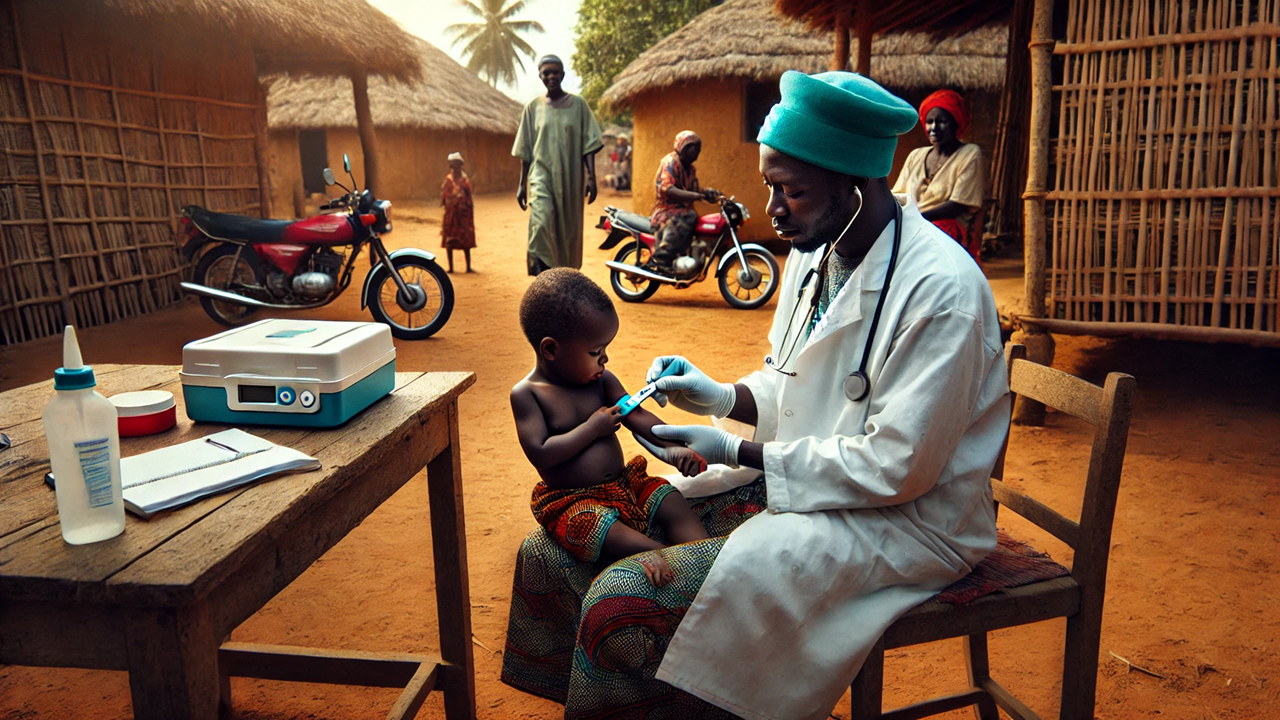UNICEF Warns of Dire Impacts on Over 420,000 Children Facing Severe Drought Across Amazon Region
The ongoing drought has not only reduced river levels but has also disrupted essential services such as healthcare, education, agriculture, and fishing, putting lives at risk.

More than 420,000 children across the Amazon basin are grappling with extreme water scarcity and drought conditions, according to recent UNICEF estimates. This record-breaking drought has left rivers at historically low levels, impacting riverside and indigenous communities in Brazil, Colombia, and Peru, where families heavily depend on waterways for food, water, fuel, healthcare, and education access.
The ongoing drought has not only reduced river levels but has also disrupted essential services such as healthcare, education, agriculture, and fishing, putting lives at risk. UNICEF Executive Director Catherine Russell emphasized the dire situation, saying, “For centuries, the Amazon has been a vital ecosystem supporting countless families. Today, many children are deprived of basic resources and services like food, water, healthcare, and education. Mitigating the impact of extreme climate crises is imperative to protect these children and future generations. The health of the Amazon affects the health of us all.”
Drought's Impacts on Brazil, Colombia, and Peru
The Amazon rainforest, which spans nine South American countries, is experiencing unprecedented environmental distress. In Brazil’s Amazon region, over 1,700 schools and more than 760 health centers have been forced to close or become inaccessible due to severely low water levels. A recent UNICEF assessment in Brazil's Southern Amazon reveals that half of the families reported their children are now out of school due to the drought. The effects are far-reaching, threatening not only children’s access to education but also heightening their risk of malnutrition and waterborne illnesses.
In Colombia’s Amazon region, river levels have plummeted by up to 80%, sharply limiting access to drinking water, food supplies, and schooling. Classes have been suspended for children in over 130 schools, exacerbating the threat of recruitment and exploitation by non-state armed groups. Additionally, the drought has led to increased cases of respiratory infections, diarrheal diseases, malaria, and acute malnutrition among young children.
In Peru, the drought is most severe in the northeastern region of Loreto, where indigenous and remote communities are particularly vulnerable. More than 50 healthcare centers are now unreachable due to low water levels, leaving families without essential medical care. Meanwhile, wildfires—some intentionally set but intensified by drought—are ravaging the region, contributing to extensive biodiversity loss and worsening air pollution. Wildfires have spread across 22 of Peru’s 26 regions, causing long-term damage to ecosystems and heightening respiratory health risks for nearby communities.
Health and Nutrition at High Risk
UNICEF notes that drought-induced food insecurity increases the risk of malnutrition, stunting, wasting, and even mortality among children, particularly those under five. Additionally, water scarcity hinders access to clean water and exacerbates the spread of infectious diseases. Studies have shown that pregnant women affected by drought are more likely to give birth to children with lower birth weights, potentially affecting child development long-term.
UNICEF’s Immediate Response and Appeal for COP29 Action
UNICEF estimates that at least $10 million in funding is urgently needed to support affected Amazonian communities in Brazil, Colombia, and Peru. This funding would help provide emergency water supplies, essential resources, health brigades, and resilience support for community-based systems in indigenous areas. UNICEF also plans to strengthen local healthcare and public services to improve drought resilience in these communities.
With COP29 approaching, UNICEF is appealing to global leaders to prioritize four key actions for children and young people in climate change discussions:
Address Climate Impact on Children in the COP29 Cover Decision: Ensure that the final agreements reflect the severe and unique effects of climate change on children.
Increase Climate Financing for Children: Boost funding for climate adaptation, loss, and damage that addresses children’s specific needs.
Incorporate Child-Sensitive Measures in NDCs: Make sure that all Nationally Determined Contributions (NDCs) are designed to address the disproportionate effects of climate change on children.
Empower Youth Participation in Climate Decisions: Enable children and youth to participate meaningfully in climate decision-making processes at all governance levels.
“In all parts of the world, children face the harshest consequences of climate crises,” Russell added. “We are at a pivotal moment. Children must be placed at the heart of our climate negotiations.”
UNICEF’s call to action is a stark reminder of the urgent need to address climate change not just as an environmental issue but as a critical concern for child health, safety, and well-being.










